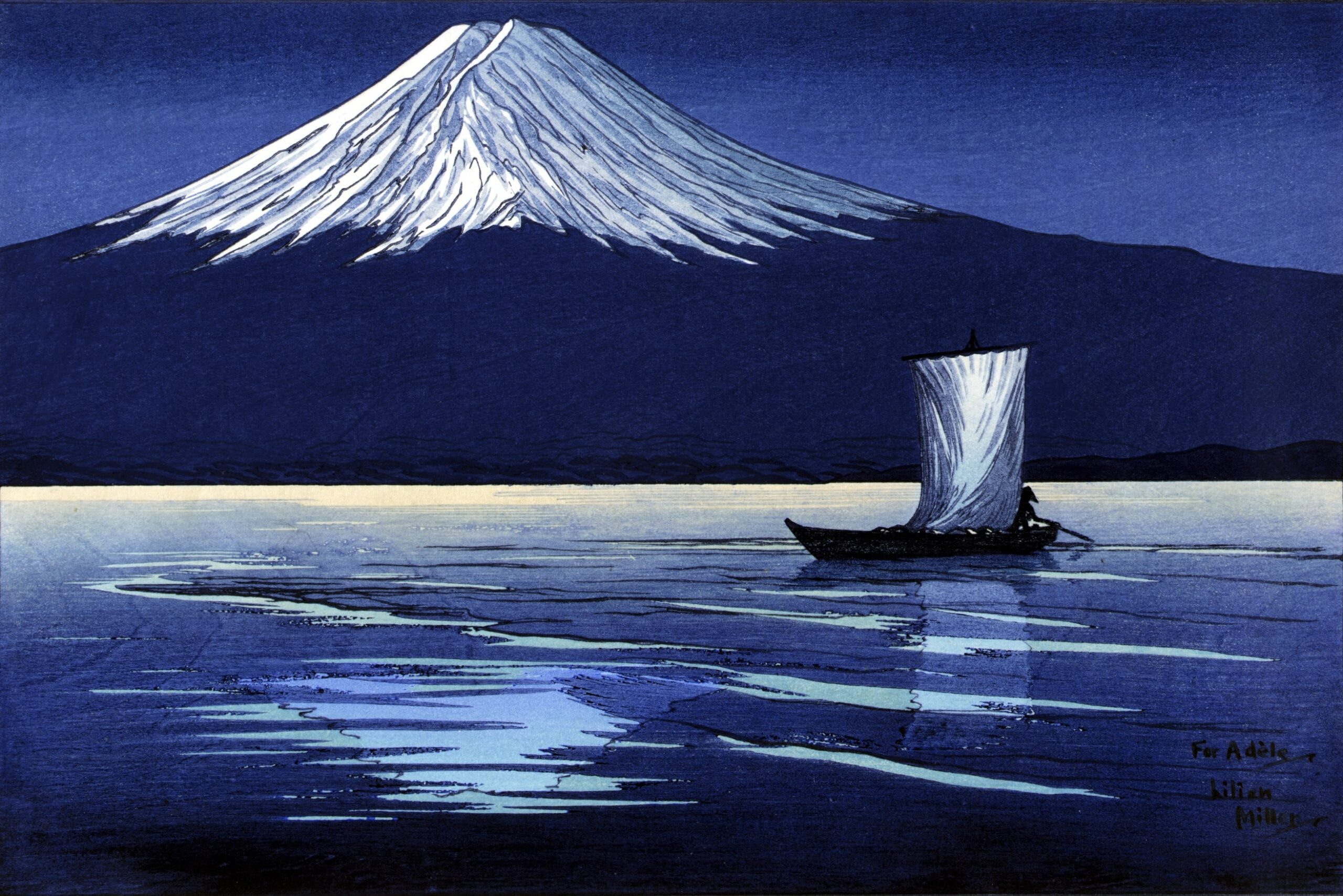
The History of Manga: From Ukiyo-e to Modern Day
History of Manga
Manga, the term used to describe comics and graphic novels in Japan, has a rich history that spans centuries. Beginning as a form of entertainment for the working class during the Edo period, manga has evolved into a global phenomenon that encompasses a wide range of genres and styles. In this article, we will explore the history of manga, from its origins in ukiyo-e woodblock prints to its current status as a major player in the entertainment industry.
Ukiyo-e and the Birth of Manga
The origins of manga can be traced back to the ukiyo-e woodblock prints of the Edo period (1603-1867) in Japan. These prints, which depicted scenes from everyday life and popular culture, were a major form of entertainment for the common people. They featured a wide range of subjects, including Kabuki actors, courtesans, landscapes, and erotic scenes.
One of the most famous ukiyo-e artists is Hokusai, who is most known for his series “Thirty-six Views of Mount Fuji” which includes the iconic “The Great Wave off Kanagawa” print. The series was published in the 1820s and it was widely popular and influential, creating a new interest in landscape art. Hokusai’s work was not only popular in Japan, but also in Europe, where it was discovered by artists such as Claude Monet and Vincent van Gogh, who were inspired by the bold use of color and composition.
Another influential ukiyo-e artist is Utagawa. He was known for his woodblock prints that depicted kabuki actors and courtesans, and his work was immensely popular among the common people. His prints were widely distributed, making them one of the most popular forms of art in Japan at the time. Utagawa’s work was instrumental in popularizing kabuki theater and creating a new interest in the lives of common people.
Early Manga: Rakuten Kitazawa and Ippei Okamoto
The early years of manga, from the Meiji period (1868-1912) to the Taisho period (1912-1926), saw the emergence of the first professional manga artists. One of the most important of these was Rakuten Kitazawa, who is considered the “father of modern manga.” He began his career as a political cartoonist, but soon turned to more comedic and satirical subjects. He was known for his dynamic and expressive drawings, which helped to establish the visual language of modern manga.
Another important early manga artist was Ippei Okamoto, who was known for his work in the shonen (boys’) genre. He was one of the first artists to create stories that were aimed specifically at young readers. His work featured exciting and adventurous storylines, with characters that were easy for young readers to identify with.
Golden Age: Osamu Tezuka and Machiko Hasegawa
The Golden Age of manga, from the 1950s to the 1970s, saw the emergence of the first true manga superstars. One of the most important of these was Osamu Tezuka, who is often called the “God of Manga.” He began his career in the late 1940s and quickly established himself as one of the most important and influential manga artists of all time. He was known for his storytelling skills, his ability to create memorable and relatable characters, and his innovative use of the manga medium.
Another important Golden Age manga artist was Machiko Hasegawa, who was known for her work in the shojo (girls’) genre. She was one of the first artists to create stories that were aimed specifically at young women. Her work featured strong, independent female characters and dealt with themes of love, friendship, and growing up.
The Rise of Shōnen and Shōjo Manga
In the 1970s, two new genres of manga emerged: shōnen (aimed at boys) and shōjo (aimed at girls). Shōnen manga, typified by series such as “Dragon Ball” and “Naruto,” focused on action and adventure, while shōjo manga, typified by series such as “Sailor Moon” and “Fruits Basket,” focused on romance and coming-of-age stories.
The rise of these genres marked a shift in the demographics of manga readership, which had traditionally been dominated by young men. The success of shōnen and shōjo manga helped to expand the readership of manga to include women and children, further solidifying its status as a mainstream medium.
Globalization and the Modern Era of Manga
In the 1980s and 1990s, the manga began to gain popularity outside of Japan, with translated series such as “Akira” and “Dragon Ball” finding success in the United States and Europe. This globalization of manga helped to further establish it as a global medium, with readers and creators from all over the world contributing to its development.
The 21st century has seen the continued growth of manga, with new technologies and platforms allowing for greater accessibility and diversity. The rise of digital manga and the increasing popularity of web comics has made it easier
than ever for readers to access and discover new series. Additionally, the increasing number of manga adaptations into anime, live-action films, and video games has helped to further expand its reach and popularity.
In recent years, the global manga market has grown rapidly, with the market size expected to reach $40 billion by 2024. This growth has been driven by a combination of factors, including the increasing popularity of streaming platforms and the continued growth of e-commerce.
Conclusion
The history of manga is one of evolution and adaptation, reflecting the changing tastes and attitudes of its readers. From its early origins in ukiyo-e woodblock prints to its current status as a global phenomenon, manga has played a vital role in the development of comics and cartooning as a medium. As it continues to grow and evolve in the 21st century, manga has become an important part of popular culture around the world.
